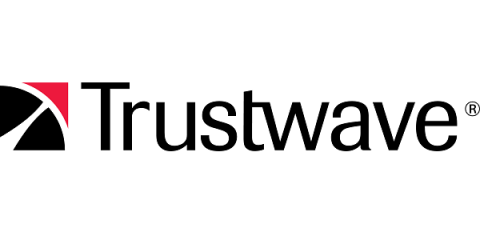Warning: Organizations Need to Prep For AI-Powered Ransomware Attacks
The rise of agentic AI tools will transform the cybercrime landscape, according to a new report from Malwarebytes. Agentic AI—which is still under development—is a step above the generative AI tools that are currently available to the public, and will likely be widely released in 2025. While these tools will have many legitimate uses, they’ll also enable cybercriminals to scale their attacks.










